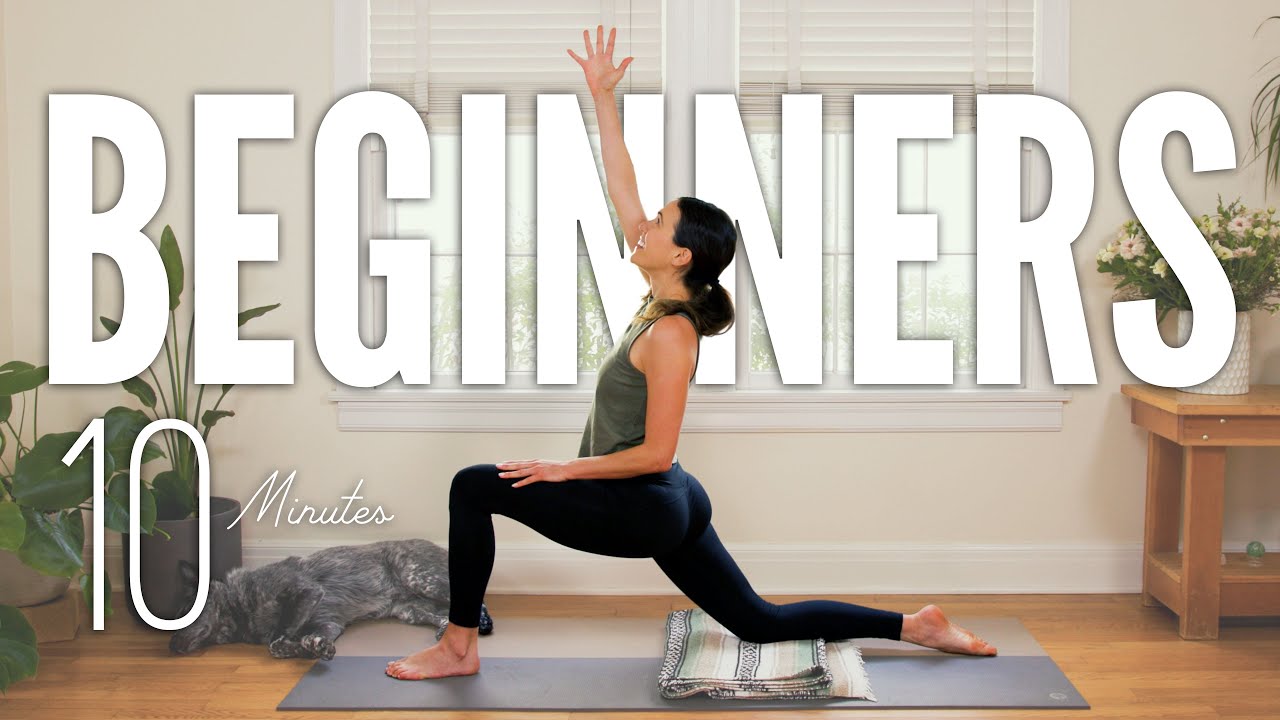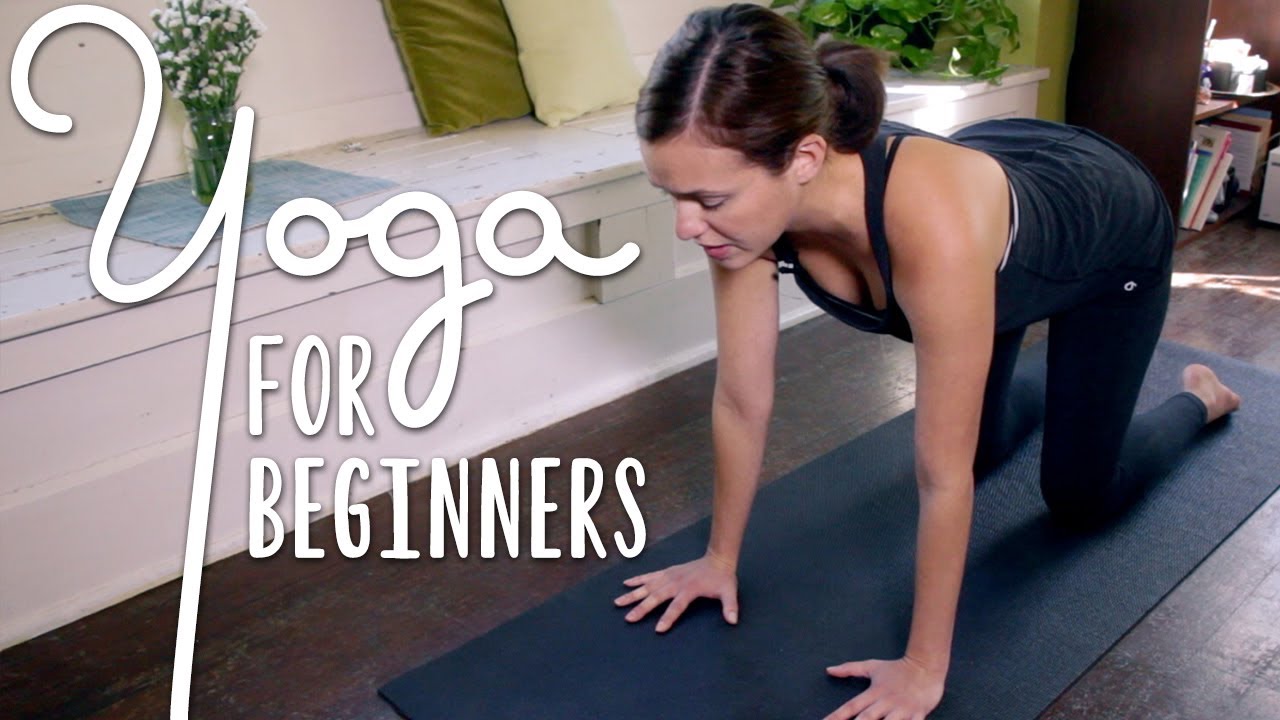I love introducing students to yoga for beginners at home because it empowers them to develop a personal practice that fits seamlessly into their daily lives, no matter their schedule or space constraints. It’s how I got started and I’d hazard a guess and say at least half the forum practices from home at least once a week.
As a yoga teacher, I’ve noticed that students who practice yoga at home between classes tend to progress more quickly and confidently. Home practice allows beginners to reinforce the basics at their own pace, without the pressure of a group setting, which often leads to better form and a deeper understanding of foundational poses. Also, establishing a regular at-home routine helps students build strength, flexibility, and mindfulness more consistently, which translates to noticeable improvements in their overall well-being and performance during in-person classes.
Plus, it’s a fun way to start or end the day. My favorite practice time is even during lunch, while everyone else is having their coffee.
- Mountain Pose (Tadasana). Stand tall with feet hip-width apart, arms at sides. Engage core and lengthen spine. Common issue: slouching or locking knees. Modification: If balance is challenging, keep one hand on the wall or stand with your back against a wall for support.
- Cat-Cow Pose (Marjaryasana-Bitilasana). Start on hands and knees, alternating between arching and rounding the spine. Common issue: wrist discomfort. Modification: For sensitive wrists, come down to your forearms or place a folded blanket under your wrists for cushioning.
- Downward Facing Dog (Adho Mukha Svanasana). Form an inverted V-shape with your body, hands and feet on the floor. Common issue: tight hamstrings. Modification: If you have tight hamstrings, bend your knees slightly or use yoga blocks under your hands to bring the floor closer to you.
- Child’s Pose (Balasana). Kneel and sit back on heels, stretching arms forward. Common issue: knee pain. Modification: Those with knee issues can do this lying on your back instead, hugging knees to chest, or place a folded blanket between your calves and thighs for support.
Affirmation: I embrace my yoga process at home, growing stronger and more flexible with each breath and pose.
You don’t need anything to get started with this other than a little space on the floor and 10 minutes. Then make sure you come back and let us know how your first practice goes ![]()
When starting your home yoga practice, create a dedicated space free from distractions and gather the necessary props, such as a mat, blocks, and a blanket. Many beginners worry about flexibility or not being able to do certain poses, but yoga is a personal experience, and it’s perfectly okay to modify poses or use props as needed. After your practice, take a few moments to reflect on how you feel, both physically and mentally, and think about keeping a journal to track your progress and experiences. As you continue your home practice, try to maintain consistency by setting aside regular times for yoga, even if it’s just for short sessions, as this will help you build strength, flexibility, and mindfulness over time.
You can take your practice even further by going to a studio (for all or some of your practice) or trying live online yoga classes as a middle ground.

